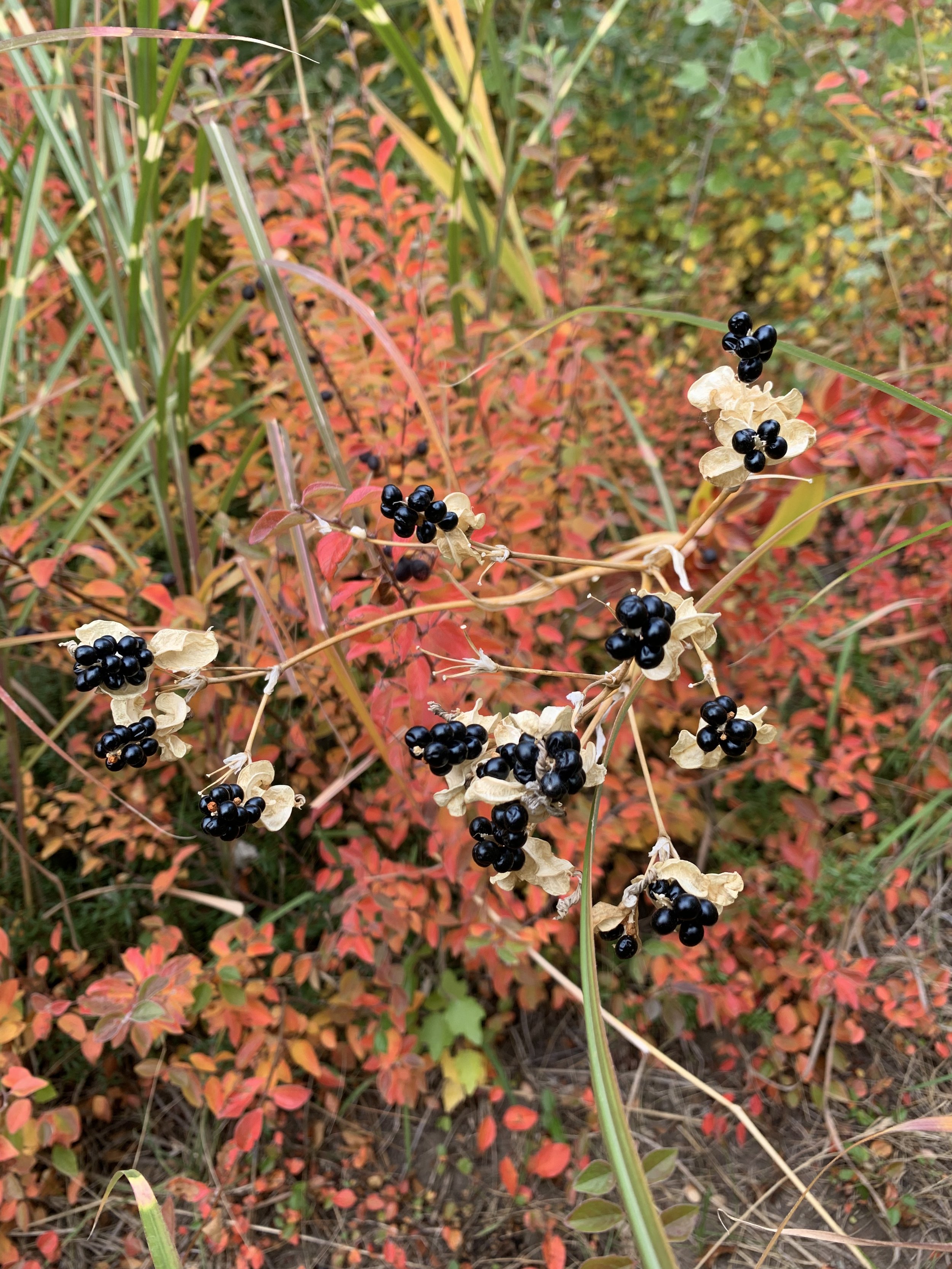
Tips for Smart and Successful Planting
Planting success starts with why, where, and what you are planting. It’s more than just picking out something hardy; it’s about choosing the right plant for the right place.
Here in the Inland Northwest, we live with a short growing season; harsh winters, hot summers, wind, and diverse microclimates. Zone hardiness is only part of the picture. Understanding the specific needs and the tolerance and adaptability of your plants is essential for their maintenance and long-term health.
Know Your Conditions
Start by reading your site:
Does cold settle in a certain area?
Do winds funnel through one direction?
Is the soil sandy, heavy clay, or alkaline?
For example, stone fruit trees won’t thrive in low spots where cold air lingers, while other plants tolerate or even prefer those areas. Some shrubs are wind-hardy; others are not. Be realistic about how much watering you’re willing to provide—and consider drought-tolerant species if you’re aiming for a lower-maintenance or xeriscape approach. (See Hell Bed for ideas.)
Thoughtful Plant Spacing
One of the most common regrets in landscaping is planting too closely. Give trees and shrubs room to grow to maturity. It’s a tough thing to imagine when they’re small, but planning ahead prevents heartbreak and removals down the line.
Design for Beauty and Longevity
When choosing plants, don’t always focus only on flowers. Blooms are beautiful, but fleeting. Build your landscape around lasting features like:
• Contrasting leaf shapes
• Foliage color
• Bark texture in shrubs or trees for winter interest
• Structure and silhouette
• Ripened seed heads and fall color
These details create a subtle but stunning impact over time and across seasons. Keep in mind, when plants complement the home and the native landscape, everything feels more grounded and whole.
Let’s Grow Together!
Have questions? Ask away. Whether you’re unsure about soil prep, staking, compost choices, or plant selection — we love to share our gardening insights.


